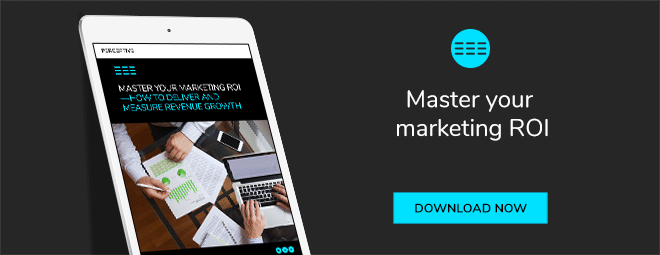Developing a customer journey map means you can understand the journey your customers take when interacting with your brand, identify the gaps in your offering and, most importantly, know what’s working well and what isn’t.
What is a customer journey map?
Basically, a journey map is a framework that maps out the stages in your customer's lifecycle. It will tell the story of your customers experience from start to finish. From the initial contact, it follows through the process of engagement into a long-term relationship. It identifies the key interactions a customer has with your business.
Importantly, it talks about the feelings, motivations and questions your customers have at each point of contact, and provides a sense of what your customers want and what they expect from your business. Once this is clear, you can work on delivering just that.
Do you need a customer journey map?
Wondering if journey mapping is for you? Ask yourself this: do you know exactly where you're losing your customers? Do you really know your customers’ pain points? Do you know what really makes your customers happy? Could you easily describe the end-to-end journey your customers go through with your company? If you answered no to any of these questions you probably do need to map this out. And even so, it's always useful to have it all documented.
In sales teams, it’s important that business relationship managers understand the customer journey. BRMs increasingly need to understand their business from the outside in, seeing their business from the customer’s perspective and being able to work alongside marketing to map customer journeys and touchpoints.
Related content: Map your customer journey with out free customer journey mapping Template

Creating your journey map
The first step on your designed customer journey is to empathise with the customer. The best way to do this is to get direct customer feedback about their experience with your business. Ideally, observe your customers in their interactions (mystery shopping is a great tool) and even role play as one of your clients to really put yourself in their shoes.
All throughout their journey, capture everything they come in direct contact with; stores, salespeople, your company website, mobile apps, customer support—the works. Most importantly, aim to capture the emotions, motivations and expectations of your customers in your research—and record whether they’re being met or not.
Read more: Harness design thinking to improve your customer journey
Identify the moments of truth
A journey map should ignore internal workings and limitations of your business and take a fresh look at your company solely through the eyes of your customers. In this way, you'll identify “moments of truth”. That is, the interactions that make or break a customer's relationship with your brand. Gone is the need to guess or assume the why some customers churn. With their journey mapped out and pain points identified, you can focus your energy and resources on the interactions that you know to be the a cause of customer frustration.
Understand where to focus your resources
A customer journey map done right can help you to quickly see where to focus your resources. Don’t let customer experience strategy turn into a vague beast, but use your map to transform it into something that is actionable very quickly.
5 steps to a journey map
- Who are your customers? Who is your customer and what is their need? Where are they in their life stage, and how does that affect the solutions (savings, superannuation, life insurance etc) you can provide them?
- What do your customers want? In any interactions you have with your customers think about why they’re contacting you in the first place. Knowing what they want will help with knowing what they expect from you.
- Where have your customers been just before? Customers are always on a longer journey and you won’t be the first one of their “touch points” so to speak. You want to understand where you fit into the wider puzzle, in order to work out how important you are and how you can serve them better.
- What will your customers do straight after? Customers may interact with your company but then their journey continues. What they do next, will help you see how you can best help them along.
- What will make your customer happy? Instead of focusing on satisfying their basic and immediate needs, consider what would provide them with the most positive experience they have had. This is something you can aim for.
Want to learn about how to drive ROI for your business and how to measure marketing efficiencies? Click on the button below to get our free eBook:
